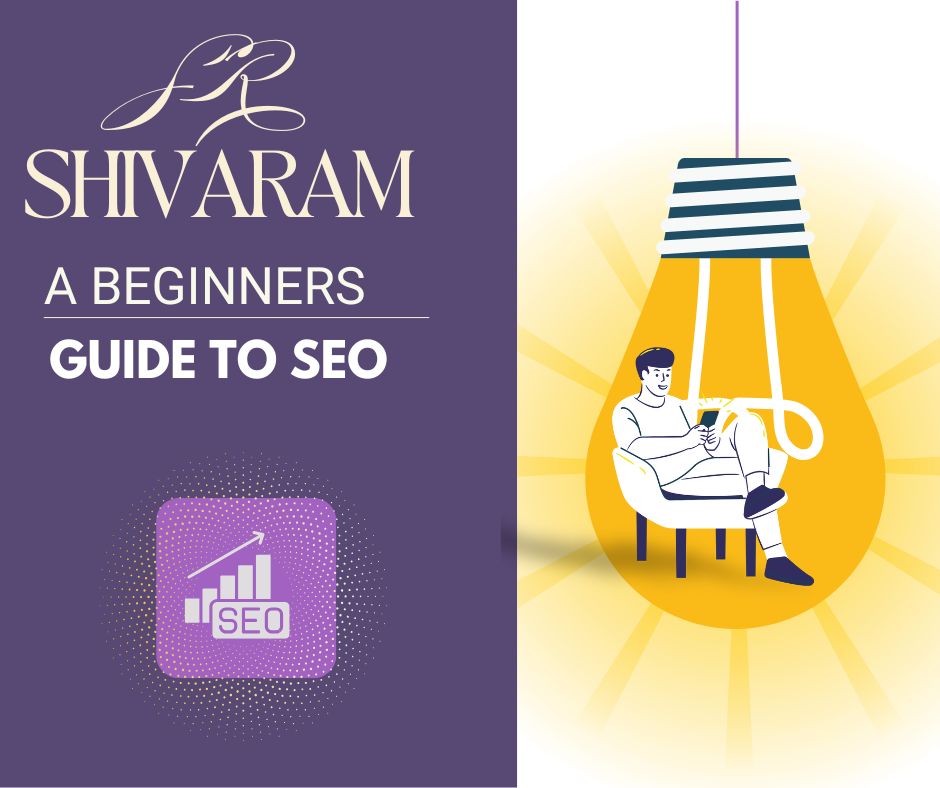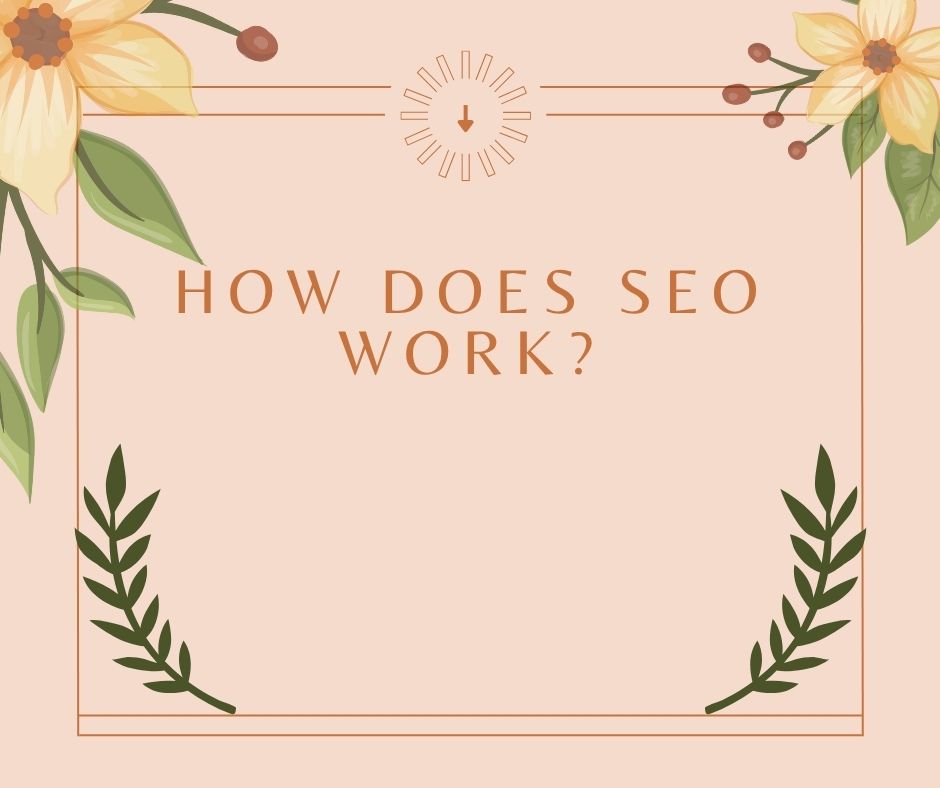
What is Search Engine Optimization? Best Guide lesson
SEO (Search Engine Optimization) includes practices that enhance your website’s visibility in search engines, such as Google. This happens when people search for their needs, wants, or problems.
For example, picture this: you opened a cafe in Kathmandu, but it’s hidden in a back alley with no signboard. SEO is like your signboard, your Google Maps pin, and the talk that helps people to find you.
Learn more about how SEO can help your business stand out in Nepal by visiting SEO & Digital Marketing with Shivaram.
Why SEO is important
SEO drives targeted, repeatable traffic. Unlike ads, once you rank, you can get clicks for months or even years. That means the effort compounds; your content continues to work after you publish.
SEO ranking factors
Content quality
High-quality content matches user intent. If someone searches “how to start SEO,” your page must quickly answer that. This helps you beat the competition.
Backlinks
Quality beats quantity. A relevant link from an authority site beats dozens of spammy, low-value links.
Mobile-friendliness
Most searches happen on phones or when they need a quick search. Use responsive design, test on small screens, and ensure buttons & text are tappable.
Page-speed
The faster the page, the better the UX and the better the rankings. Compress images, minimize scripts, and use caching. A slow site loses both users and ranking.
Keyword optimization
Target a primary keyword and a cluster of related terms. Align content with search intent in titles, headings, and meta descriptions to enhance your online presence. Avoid keyword stuffing: prioritize clarity.
How does SEO work

Crawling
Search engines and crawlers (also known as robots) visit your pages, read the content, and follow the links that are present.
Indexing
After crawling, search engines store (index) the content and metadata, allowing pages to appear in search results.
User query
When someone searches, the engine compares index content to the query and ranks pages based on relevance, quality, and user signals.
Types of SEO
On-page SEO
Headings, content, meta tags, URLs, and internal links are optimized for both humans and search engines. Everything on the page is on-page SEO.
Off-page SEO
External signals like backlinks, social mentions, and brand signals that show in your site’s authority.
Technical SEO
Site structure, XML sitemaps, robots.txt, structured data, and server performance are key elements that keep crawlers happy.
Local SEO
Optimizing for location-based queries (e.g., an SEO course in Kathmandu) involves utilizing Google Business Profile, local citations, and localized content.
Learn the Types more in-depth → Different Types of SEO You Should Know
How to learn SEO in Nepal
The best way to start is by utilizing free global resources. Join local communities, such as Facebook groups and meetups. Follow Nepali case studies when you can. Also, practice on your own blog. Build small projects: optimize for page 1 each week and track results.
Free SEO tools to start
Google Search Console
Shows how Google sees your site, what queries you rank for, and crawl/indexing issues. Set it up, submit the sitemap, and monitor performance.
Google analytics
Tracks visitors, behaviors, and conversions. Connect it to the search console. This lets you see organic performance. You can then optimize pages with impressions but low click-through rates.
Google Keyword Planner
Suitable for idea generation and to see search volumes. Use it to discover seed keywords and related ideas.
Ubersuggest
Beginner-friendly keyword and competition insights. Use it for quick keyword ideas, keyword research, and inspiration for content topics.
Answer the public
Visualizes common questions people ask about a topic. Great for discovering long-tail keywords and FAQ ideas.
Frequently asked questions
What exactly is SEO, and why should I care about it in Nepal?
SEO means making your website, blog, or business stand out in Google searches without having to pay for ads.
Not only does SEO cost less compared to paid advertising, but it is also a sustainable approach. Your content continues to work for you, attracting organic visitors day and night, long after it is published.
How do search engines like Google actually work?
Every time you do a Google search, “bots” instantly scan billions of web pages to deliver the best answers. Your website gets “crawled” by digital spiders. Then, it gets “indexed” in Google’s database. Finally, it’s “ranked” based on various factors.
What are the main types of SEO, and which should I focus on as a beginner?
On-page SEO is your starting point. That means:
- Writing clear, helpful headlines (using targeted keywords),
- Structuring blogs or service pages clearly with H1, H2, and H3 headings,
- Using alt text for images (“photo of Swayambhunath at sunset”) to help Google understand what’s on the page,
- Keeping your page’s content original and aligned with what users in Nepal are searching for.
Nepali digital learners often achieve quick wins by using a balanced approach. Start with on-page tactics, then focus on local backlinks, and finally, tackle key technical fixes.
What are some common mistakes beginners make with SEO, and how do I avoid them?
The top issues:
- Keyword stuffing: Don’t repeat your main phrase endlessly. Write for humans, not just Google’s bots.
- Ignoring mobile users: With more than 70% of traffic coming from mobile devices, if your site appears poorly or loads slowly on mobile, you’ll lose out.
- Skipping backlink building: Skipping Backlink Building: Don’t wait for people to find your great content. Instead, reach out to local sites, join business directories, and ask for reviews.
- Don’t overlook technical SEO: Free tools like Google Search Console can help identify errors. Addressing minor issues, such as broken links or missing titles, can help you differentiate yourself from the competition.
- Giving up early: SEO results aren’t instant. First, you’ll see gradual increases (3-6 months), then sudden jumps as your content earns trust and links.
Regularly updating your site and staying aware of new Google changes will keep your skills sharp. This is especially important as AI and voice search technologies continue to grow in Nepal.
Clear 87% Of Obstacles In Your SEO Journey → Mistakes beginners often make in SEO
How long does SEO take to show results?
SEO is a long-term strategy. Beginners usually see significant results only after several months of consistent work. The typical timeframe is at least 6–12 months of effort before traffic and rankings start to noticeably improve.
